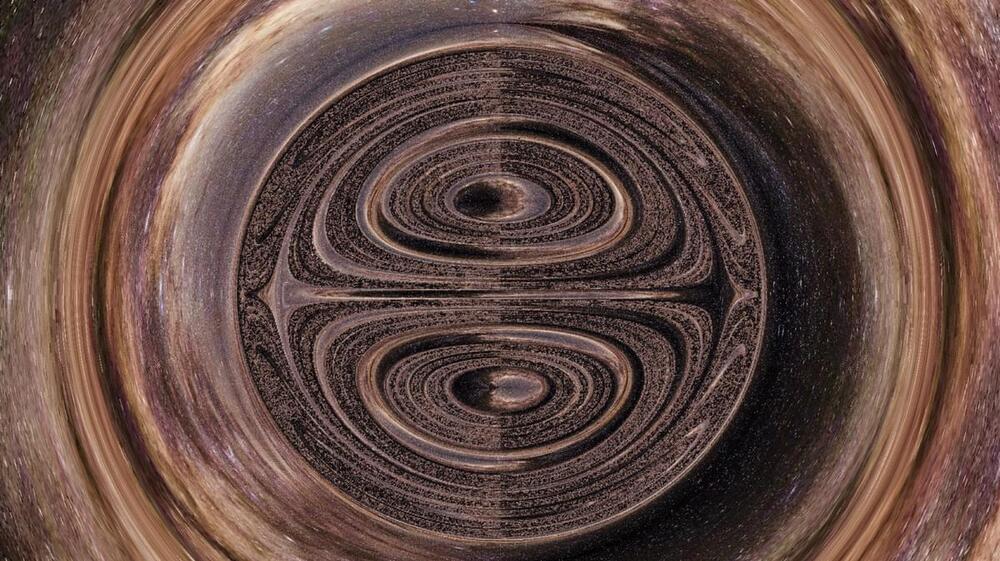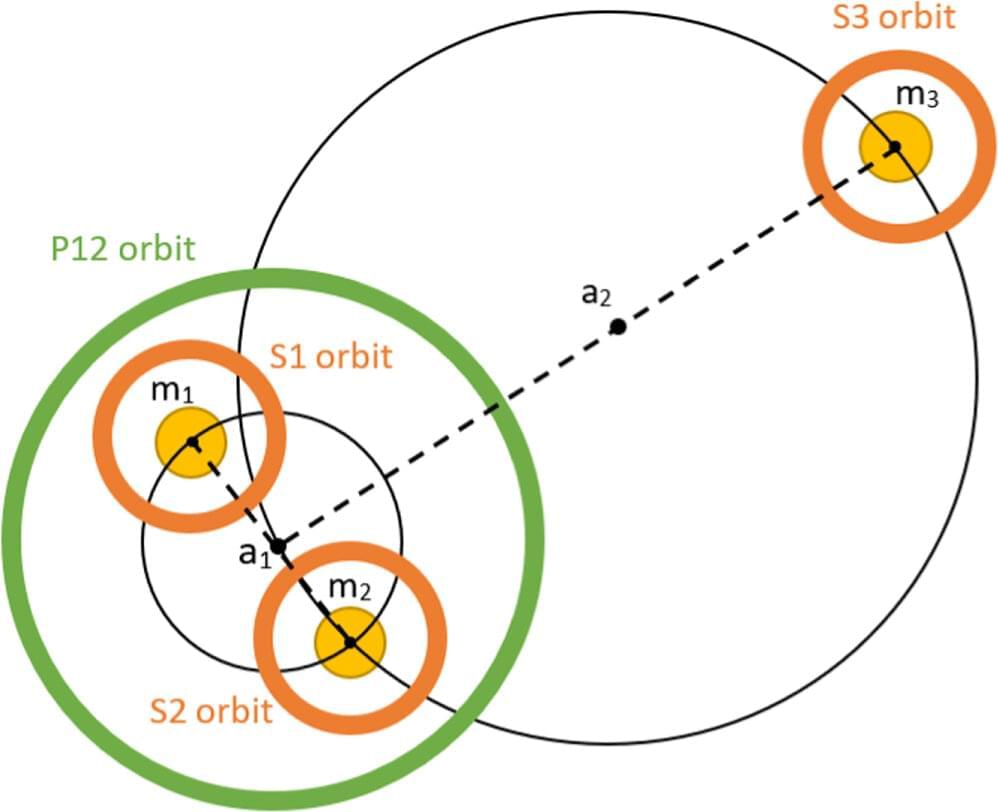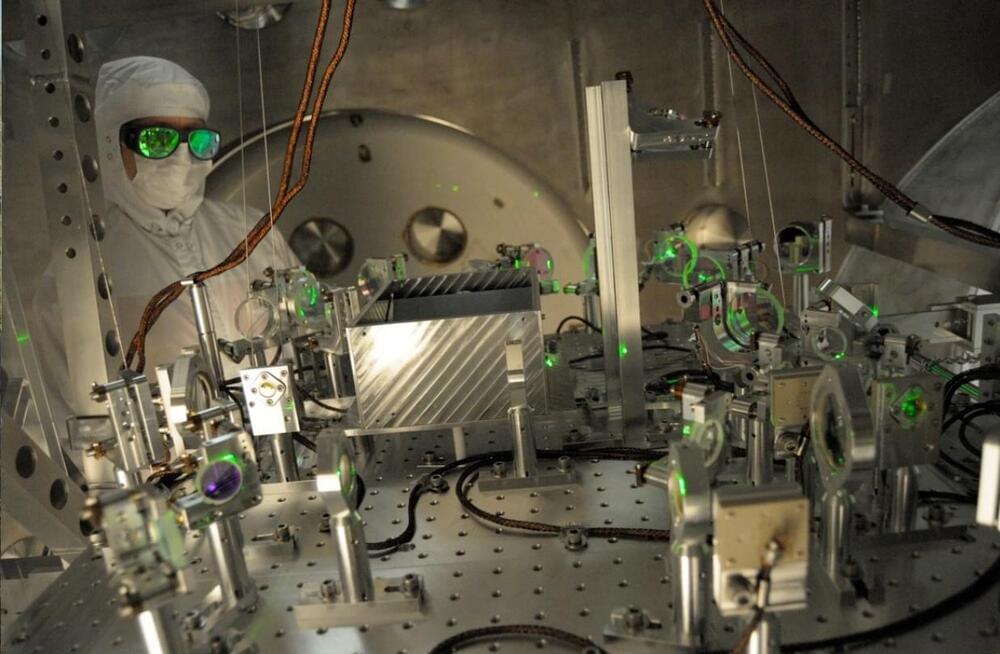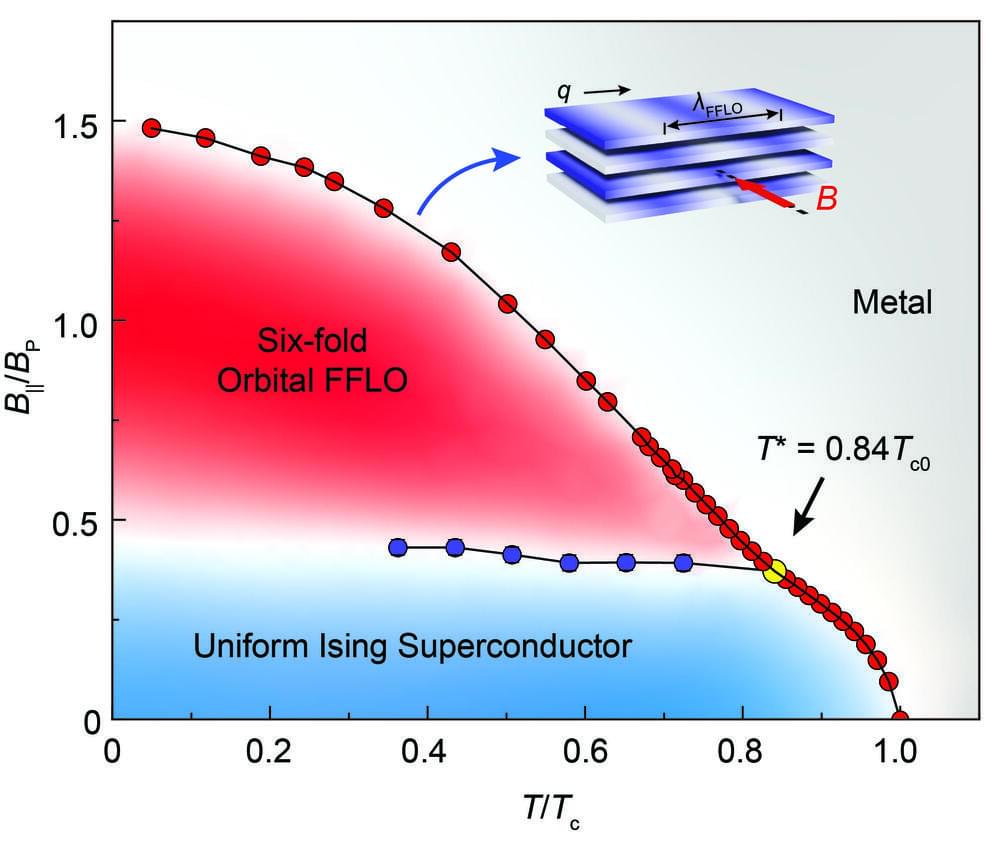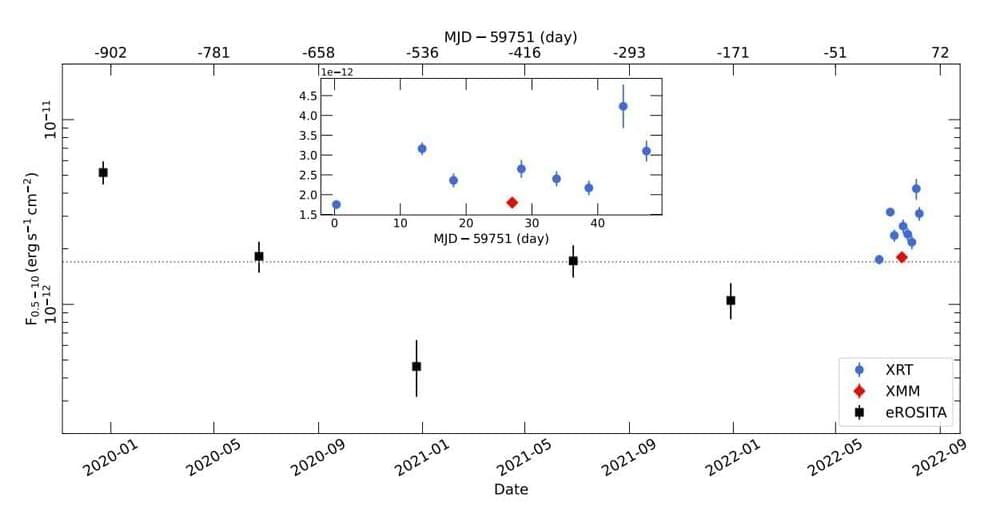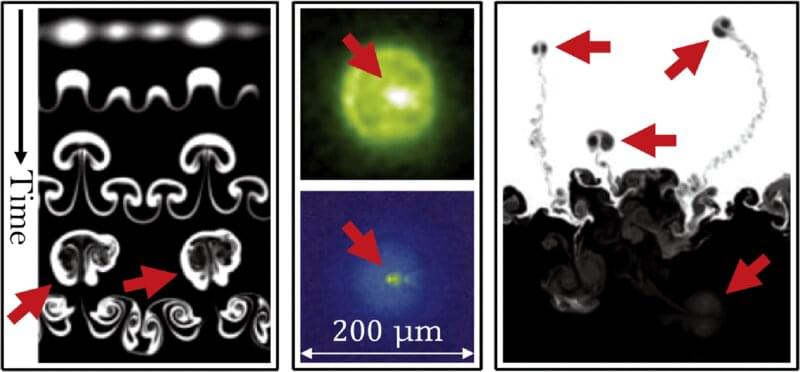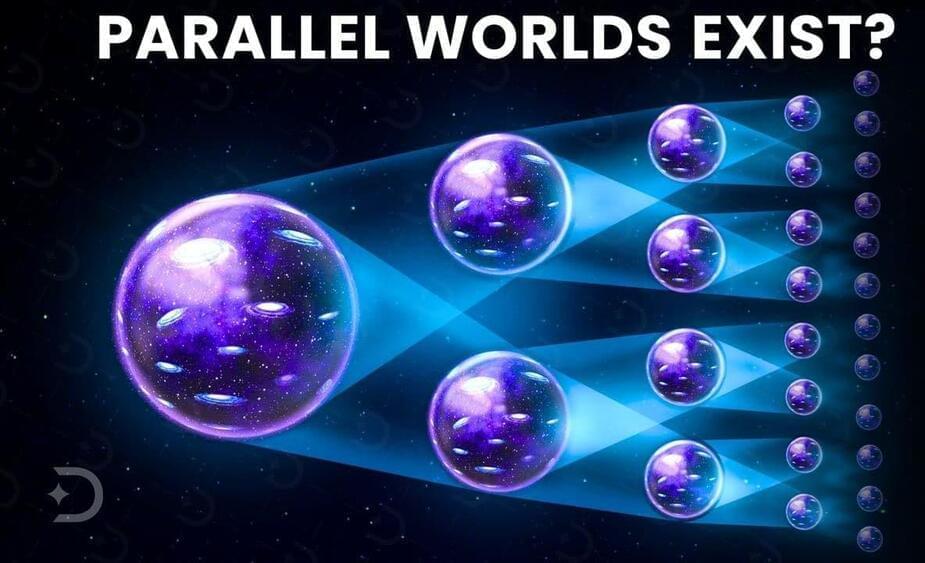May 31, 2023
Black Holes Might Really Be Giant Structures Made of Spacetime, Physicists Propose
Posted by Dan Breeden in categories: cosmology, physics
“It’s an interesting question to ask: Are there things other than a black hole” that “will give you a hint about what new physics could look like?” added Bah. “But before you get there, you need to know how to tell whether you have a black hole or not, and to do that you have some prototype examples of things that are not black holes to be able to compare.”
Black holes are among the most fascinating and puzzling objects ever observed in our universe. These massive compact entities have so much gravitational power that nothing, not even light, can escape beyond their borders, known as the event horizon. Scientists have imaged black holes with the Event Horizon Telescope and have captured the ripples that these objects make in spacetime, which are called gravitational waves.
